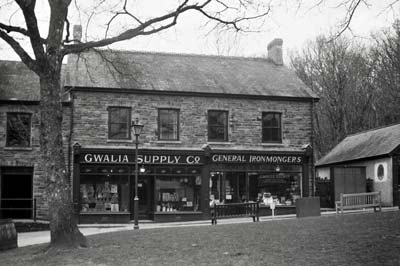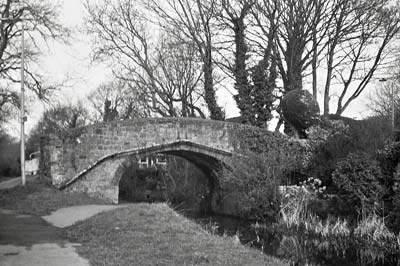Kodak Six-20 'Brownie' B
Specification

| Manufacturer | : | Kodak |
|---|---|---|
| Produced | : | 1937-1941 |
| Classification | : | Medium Format |
| Body Type | : | Box |
| Construction | : | Metal |
| Film Type | : | 620 |
| Film Width | : | 62mm |
| Image Size | : | 2¼ x 3¼ in |
| No. of Images | : | 8 |
| Lens Type | : | Doublet |
| Focus Type | : | Fixed + portrait & group |
| Focal Length | : | 100mm |
| Focus Range | : | 8ft to inf, portrait 3ft - 8ft. |
| Aperture Type | : | Multihole |
| Aperture | : | f/11, f/16, f/22 |
| Shutter Type | : | Rotary |
| Shutter Speeds | : | B,I(1/30 sec) |
| Size (w x h x d) | : | 85 x 107 x 110 mm |
| Weight | : | 560g |
Art Deco Credentials
![]()
![]()
![]()
![]()
Significant: Pronounced and self evident
- Produced during the main Art Deco period.
- 'Kodak Girl' vertical stripe to front panel.
- Chrome plated and enamel used for front panel.
- Decorative case latches.
- Bright chrome winder.
- Pig skin patterned leatherette.
Description
The Kodak Six-20 'Brownie' B is a box-type camera from the 1930s with an Art Deco facade. The Model B follows an original version from 1934 which had a more rounded case and opened in two halves.
There is a shutter release and a small B-I shutter selector on the side. On the early model the B-I shutter selector was around the lens. The other controls are arranged around the lens with two levers giving a choice of three distances and three apertures - labelled 'f11', '16' and '22 (B Only) See Manual'. Of course, with modern films, the manual isn't particularly useful in terms of exposure. f/22 can be used on a sunny day using instant mode without problem.
How to Use
This camera takes 620 film which is still available from selected photographic outlets. Although the actual film is the same as 120 film, the spools are different. The 620 spools are slightly shorter and have a smaller diameter. Do not use 120 film in this camera because it will jam and may snap. It is possible to cut down a spool of 120 film to fit or to re-spool some 120 film onto 620 spools in a darkroom or changing bag.
As the shutter speed is only 1/30s, it is advisable to use a tripod to get clear shake free images. However, holding it against a wall or other solid object would work as well. For quick snapshots, hold it firmly against your body.
If you don't want to bother with an exposure meter, follow the guide shown. It is based on the 'Sunny 16' rule. Film is so forgiving and will produce acceptable results even when overexposed by 2 or 3 stops or underexposed by 1 stop.
The tables shown assumes the shutter speed is about 1/30s. If you are not sure about the light level, err on the side of overexposure - i.e. assume the lower light level.
The tables also assume that the sun is at least 30 degrees above the horizon - that's 10am - 5pm on a summers day in the UK.
Using ISO 100 film - shutter speed 1/30s
| Weather Conditions | Shadow Detail | Aperture | Exposure |
|---|---|---|---|
 Sunny SunnySnow/Sand | Dark with sharp edges | f/22 | +2 Stops Overexposed Acceptable |
 Sunny Sunny | Distinct | f/22 | +1 Stops Overexposed Acceptable |
 Slight Overcast Slight Overcast | Soft around edges | f/22 | Good |
 Overcast Overcast | Barely visible | f/16 | Good |
 Heavy Overcast Heavy Overcast | None | f/11 | Good |
 Open Shade Open Shade/Sunset | None | f/11 | -1 Stop Underexposed Acceptable |
Photographs taken with this Camera
Images using re-spooled Fuji Neopan Acros 120 ISO 100 on to 620 spools




